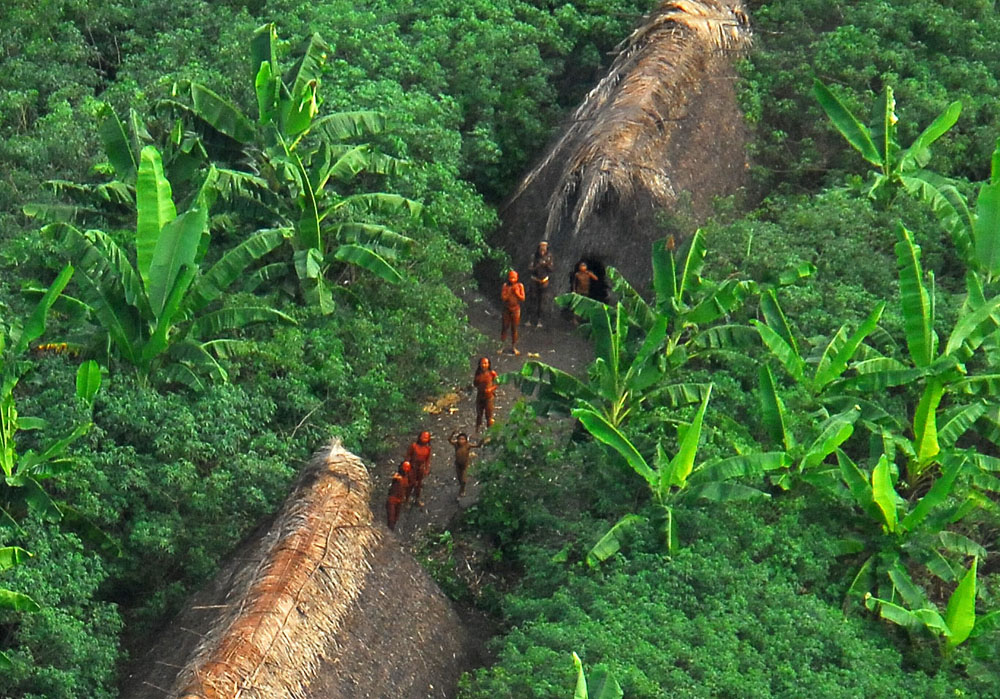Aviator and miner José Altino Machado, now 79 years old, was known in the country as the person responsible for the three largest invasions by miners in the regions of Xitei and Surucucu at the Yanomami Indigenous Land in the 1970s, 1980s and 1990s, in Roraima. With more than half a decade of experience in cassiterite (tin) mining, in 1978 he founded União Sindical dos Garimpeiros da Amazônia Legal (Usagal). At one time, he headed more than 350,000 men in several open mines in the Amazon region.
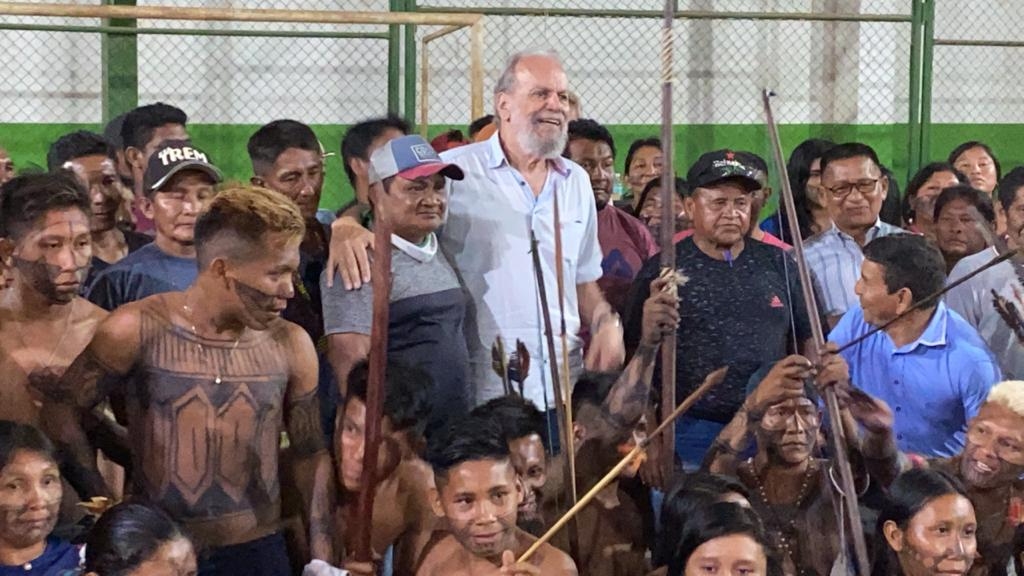
Born in Governador Valadares, Zé Altino, as he is known, had a fleet of more than 410 planes and to this day operates mines on the Tapajós River, in Pará. Soft-spoken and opinionated, he describes in this exclusive interview to Amazônia Real how the Army encouraged mining during the Military Dictatorship. He was also supported in Roraima by politicians such as former president of the Republic José Sarney and former senator Romero Jucá, both affiliated to MDB.
The miner is close to the vice-president of the Republic, General Hamilton Mourão, the chairman of the National Council for the Legal Amazon. But he disagrees with President Jair Bolsonaro’s (no party) Bill, since, in his opinion, it will only benefit multinational companies. “Bolsonaro’s bill will cause a mess. First of all, it makes no reference to mining in indigenous areas. It mentions large-scale mining companies, multinational companies. This is not mining”, he says in the interview below.
Regarding the current problem of illegal activity on indigenous lands, with escalating violence, involvement with the criminal faction PCC (Primeiro Comando da Capital) and increased environmental destruction, Zé Altino does not see any easy solutions. “You can even remove [the miners], but in 6 or 7 months everyone will be back”.
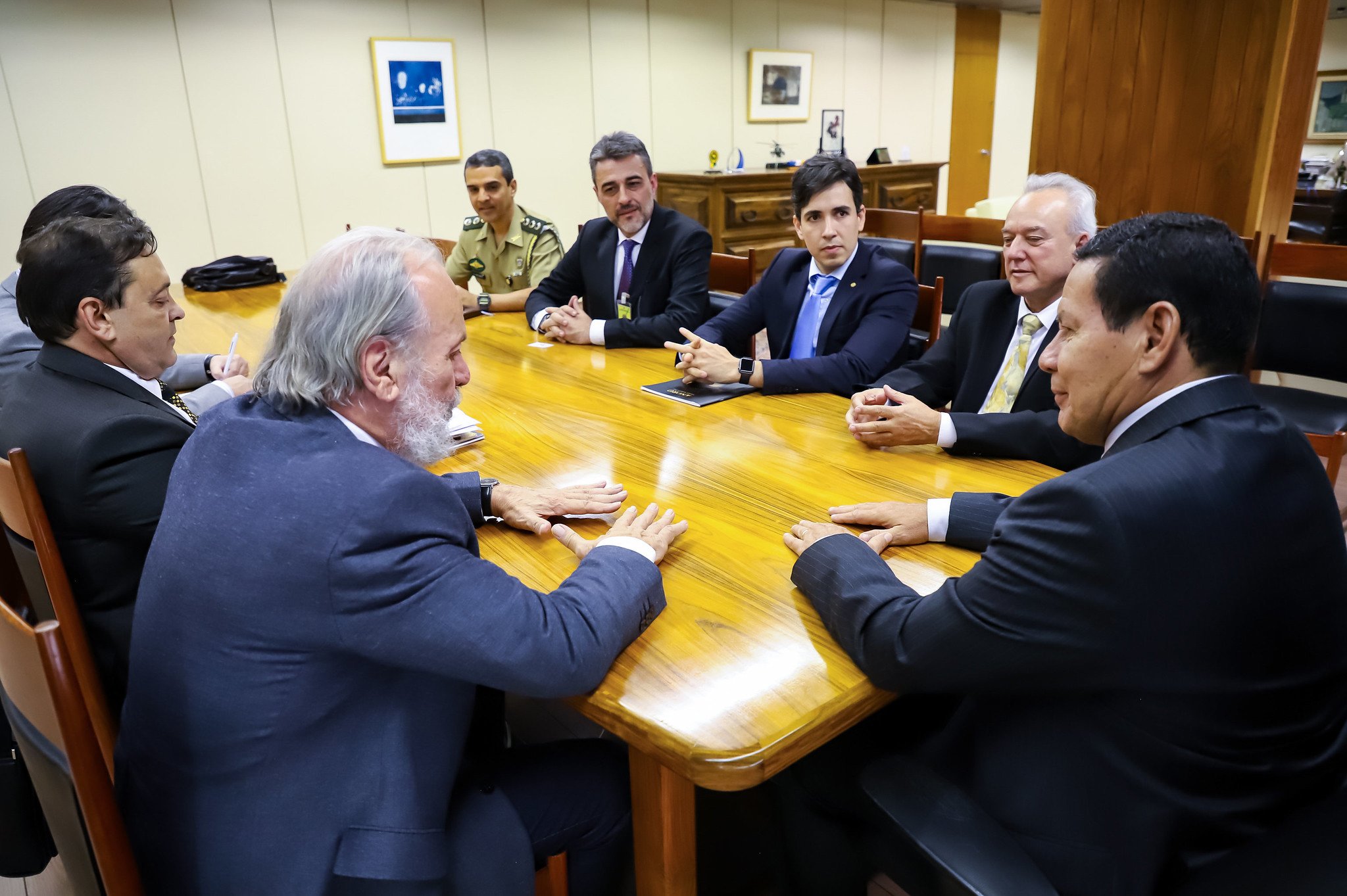
The mineral deposits in Roraima were discovered between 1975 and 1977, during the Military Dictatorship, by Project Radam (Radar da Amazônia), of the Ministry of Mines and Energy. Is that why you headed to Roraima?
José Altino Machado – In the 1960s I was a city councilman in Governador Valadares (MG), where I was born, and where I was also the largest milk producer in Brazil at the time. In the early 1970s, I was also the largest corn producer in eastern Minas Gerais. In 1967, I wandered through the mines of Jari (AP). In October 1977, I lost a two-year-old daughter, who drowned in a pool accident at home. Then I embraced the Amazon and its people!
What was it like during the first gold rush?
Zé Altino – Between 1977 and 78. We got there [at the Yanomami Indigenous Land]. There were a lot of people [miners], more than 8 thousand around that Surucucu airstrip, that we opened up. The mineral deposits were appraised at something like 6 or 7 billion dollars. Others, deep into the border, were valued at 10 billion. Up there [in Surucucu] there were no indigenous people. They were at the top of the [Parima] mountain range. With the arrival of the miners, once in a while, they would come down, so at the time we were an attraction, [they came to us to] get supplies. Then Governor Ramos Pereira [Army Colonel Fernando Ramos Pereira] called us up and said: ‘Look, the mining is a bit messy’. The governor told us to get out of the region so that it could get organized. We built the airstrip and we all stayed there. [Miners] flew from Rondônia. We worked in an organized way. After the opening of the mines at the Yanomami Land, the Army installed a post in Surucucu. This was all so they could use the miners’ airstrip. Then the government had Companhia Vale do Rio Doce set up operations over there.
Were the miners removed from the indigenous land by the Federal Police?
Zé Altino – Governor Ramos Pereira started the state intervention. When he closed the mine, he opened a health care facility and a Funai post over there, which served to attract the indigenous people of Surucucu. This is one of the crimes that happen in this country, which is to take indigenous rights, which already exist, and throw it over a deposit as rich as that one.
How did Vale do Rio Doce set up its operations at the Yanomami Indigenous Land?
Zé Altino – It was during the administration of General João Figueiredo (1979-1985). On August 24, 1984, Vale submitted a report returning the area’s private rights and saying that in Roraima there was nothing economically viable that could be explored. On August 26, the son of the chairman [Eliezer Batista] of Vale do Rio Doce, Eike Batista, comes into the scene. That was a problem that got us very upset [with the military]. Then I said: ‘No, that area over there, that’s ours. We built the airstrip and discovered the mineral deposit’ and that was that. Now, to take it [the mineral deposit] and to say that there is nothing in the area, when it was one of the richest in the world? And who is the big invader? Me? Vale, Funai and the Army spent nothing and got hold of everything [that belonged to the miners], and we are the big invaders? That’s Brazil for you!
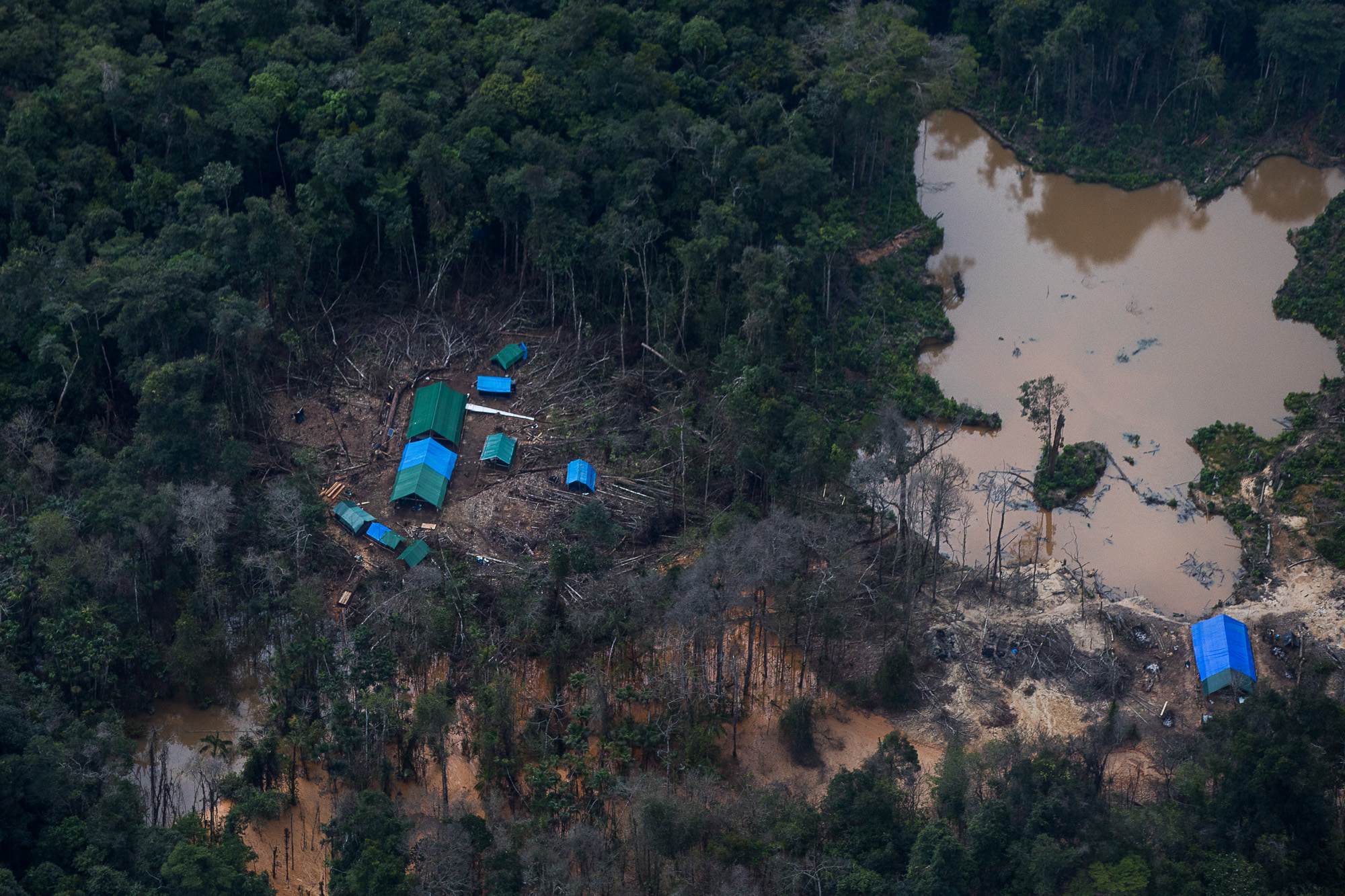
‘Vale, Funai and the Army spent nothing and got hold of everything [that belonged to the miners in the 1980s], and we are the big invaders? That’s Brazil for you!’
You participated in the movement against the so-called “internationalization” of Roraima, supported by the Rural Democratic Union (UDR). Around 1985, during the José Sarney administration, the second gold rush took place at the Yanomami Land. What was that like?
Zé Altino – We got to Surucucu via the Uatatas or Parima river, 3 km away from the border [with Venezuela]. At the entryway [to the Yanomami territory] there were only 70 men. In my opinion, all that we were doing was to return to our own workspace. Then we got to 620 [people].
At that time there was very strong repercussion and the Organization of American States (OAS) actually questioned the Brazilian authorities about the need to create a Yanomami Park. You were arrested in the act by the Federal Police for the invasion of the territory.
Zé Altino – Even in prison, I never gave up the plans to explore the mine in Surucucu. In the prison’s chapel, where I was being held, we started the meetings to create the Association of Sparklers and Miners of the Federal Territory of Roraima, which was the seed for the creation of Usagal [União Sindical dos Garimpeiros da Amazônia Legal].
Did you return a third time to mining at Surucucu?
Zé Altino – Yes. On February 16, 1989, Sarney enacted decrees No. 97,512 and No.97,530, which reduced the total area of the Yanomami territory to 2.4 million hectares, comprising 19 noncontiguous areas or “islands”. The following year, he created two mining reserves: the Roraima National Forest and the Uraricoera and Catrimani-Couto Magalhães. Mining activities took off! We reached 40,000 [people] entering and exiting the mining area; there was a lot of turnover. The number of miners then leveled at 26 thousand men. We had 410 planes [at the airport hangar] and 1,000 men assigned to this service in Boa Vista, in addition to 154 airstrips in different places. We also had ferries on the rivers and manual mining off the tracks.
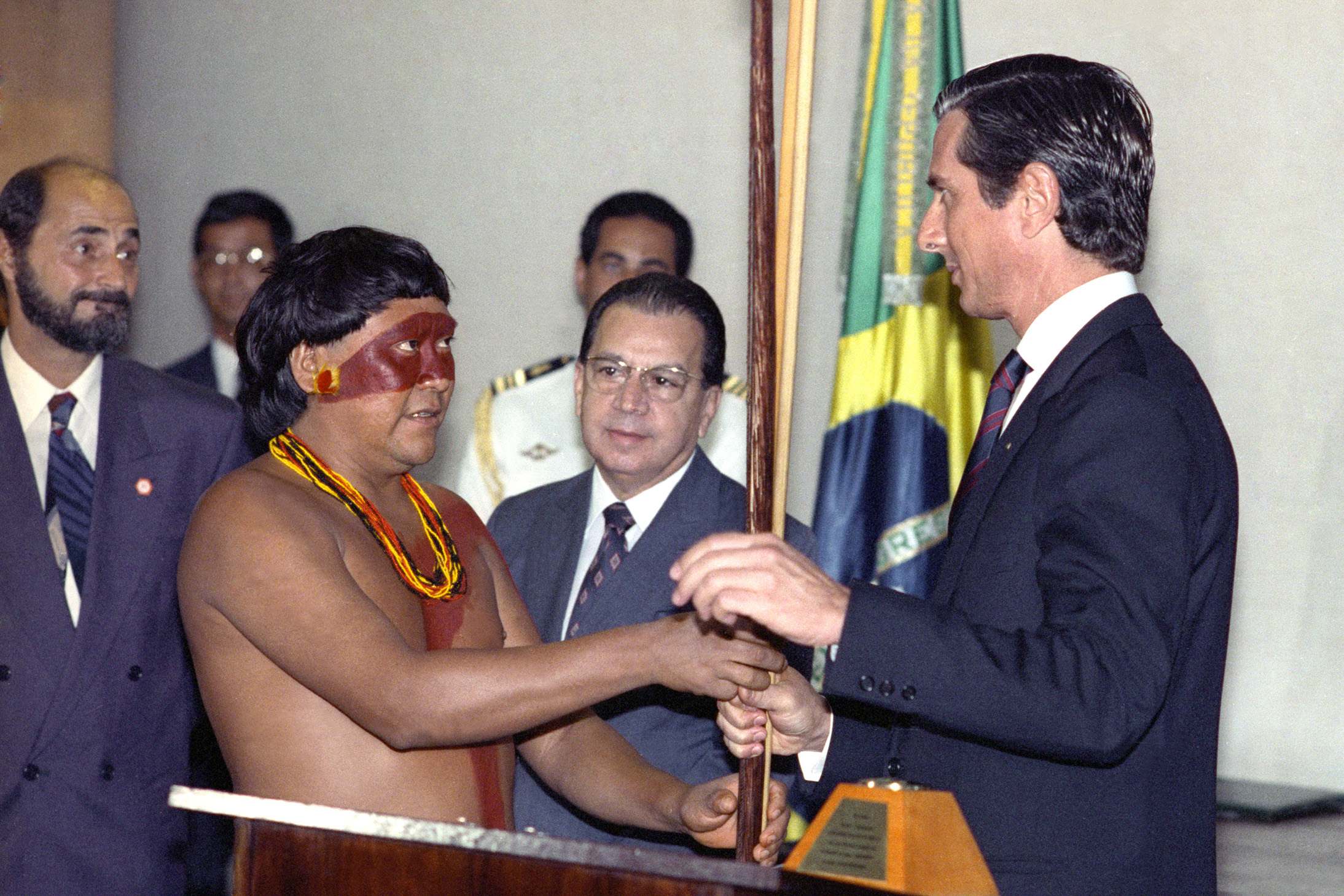
But Sarney left the government and then president Fernando Collor de Mello overturned the decrees. The Federal Constitution of 1988 also prohibits the extraction of minerals on indigenous lands. What do you have to say about this ban?
Zé Altino – Trading in gold is not illegal. The 1988 Constitution created a new taxation system for gold in its natural or industrialized state: ‘commodity gold’. Roraima is the only place in the world where cassiterite is associated with gold. The gold that comes out with the cassiterite pays for the entire mining operation; it comes practically for free. At that time, cassiterite with tin was worth 1,600 dollars.
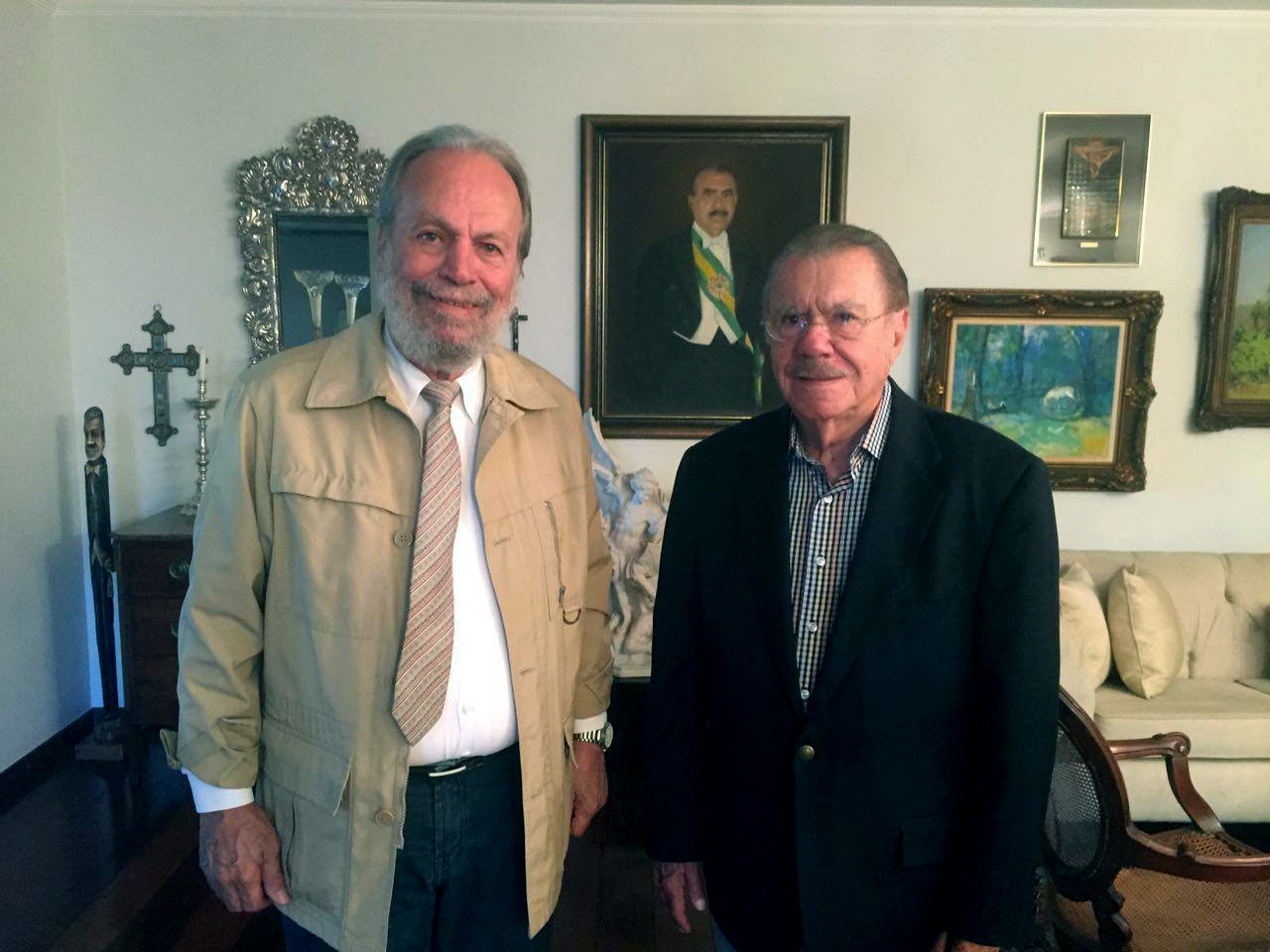
‘Why should I regret [mining at indigenous lands]? If this is a nightmare for some, it is a lifeline for may’
But president Collor banned mining operations and initiated the demarcation of the indigenous lands, what was that like?
José Altino Machado- On March 18 [1990], Collor wore a general’s uniform and went to Roraima. He called the press from around the world to say that he was going to protect the indigenous people and created the law that closed the mines, disregarding previous rights. That’s what brought about this mess. This caused an unprecedented confusion because our activity, it does not depend on the authority of the State to be pursued. It never depended on big capital; it doesn’t require a degree. It practically democratizes the expansion of the activity. The richest men I know from the mines don’t even have a bank account. We don’t have to wait for harvesting time, planting time, we take the material and it’s ready. This is an activity that reigns supreme over any determination that may be under conflict. That’s why Roraima lives in a state of misery.
Operations to remove miners continued throughout the 1990s. Between June and July 1993, a series of conflicts with miners took place in the Haximu village – at the upper Orinoco region, in Venezuela. In the aftermath of the attacks, miners shot and killed 16 Yanomami. This was the first case in Brazil to be tried as a genocide crime. Five miners were convicted. What is your version of these events that took place 28 years ago?
Zé Altino – I learned [about the conflicts]. They [the miners] came to me, I told them: ‘don’t fight back, don’t look [for trouble], don’t go, don’t seek retaliation!’. But they went ahead and armed themselves: they went there. When the indigenous people went back, there was a fight. This happened on the Venezuelan side. I moved away [from the Yanomami Indigenous Land], because I don’t want to get involved with certain issues, but the behavior of one, two, three, four men had this much influence.
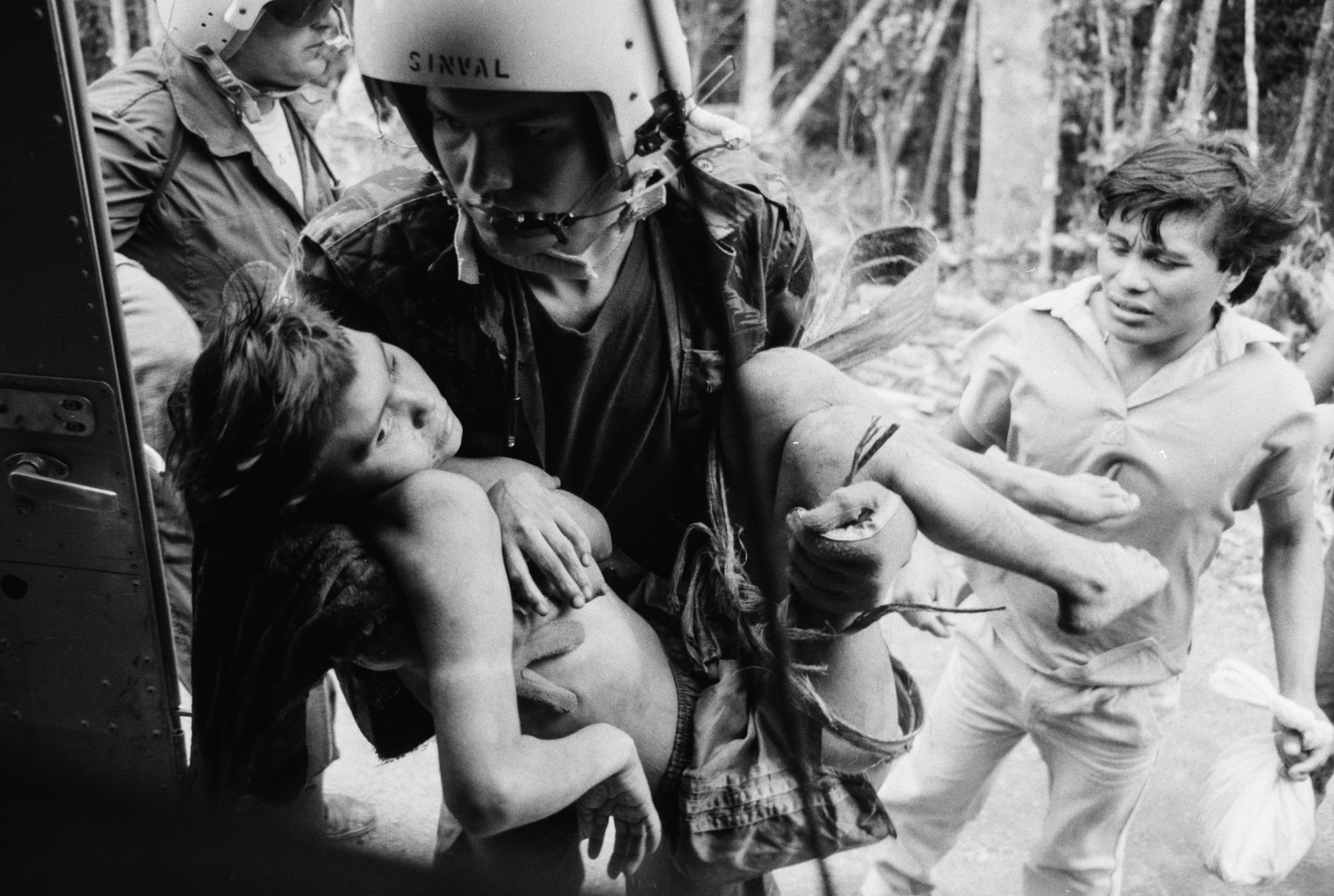
Do you regret having mined in indigenous areas, due to the socio-environmental damages caused to the forest and conflicts that led to deaths?
Zé Altino – Why should I regret that? My defense and my discourse may not sound so pretty and may not be as utopic as that of other political or religious groups, but they are true. If this is a nightmare for some, it is a lifeline for may. Furthermore, these Yanomami who are now so helpless, in the not-so-distant past, they had an average life expectancy of 32, 34 years. It is irresponsible to defend any model that would leave them as they were. In fact, it was an ‘official and irresponsible abandonment’. It would always be easy to take care of any society like that. In Brazil, everything is done and judged ‘by ear’, never based on knowledge and/or culture.
You said that you left the Yanomami Indigenous Land, but you did not leave the mining business, so much so that you are now in Tapajós…
Zé Altino – I have no business and no position of command [in mining operations]. Still, there are areas preserved and respected as being mine, since the 1980s. They are left alone over there [in the Yanomami land]. I’m waiting for the legalization of mining at indigenous lands. I’m under the impression that if I go there, I will harm my fellows.
Do you mean Bill of Law (PL) 191/2020, by president Jair Bolsonaro, which regulates mining at indigenous lands?
Zé Altino – Bolsonaro’s bill will cause a mess. First of all, it makes no reference to mining in indigenous areas. It mentions large-scale mining companies, multinational companies. This is not mining. The miners have been there [in the Yanomami land] for four decades with them as partners and accomplices in illegality. Munduruku is 60 years old and everyone is working together. Kayapó is 35 years old, everyone together. All these indigenous communities have been together with the so-called civilized communities, for years and years. Then you go in and enact an ill-fated law, because society has already organized itself due to the emptiness and omission of the governments and administrations of the world, and this never crosses the minds of congressmen in São Paulo, in Paraná, in Rio de Janeiro, who think that that’s how it’s supposed to be.
‘It’s been 28 years [since the Haximu massacre] and mining never ceased to exist. What happened is that work got modernized’
So, you are not close to Bolsonaro, but you are close to the vice president of the Republic, General Hamilton Mourão, the chairman of the National Council for the Legal Amazon.
Zé Altino – I met General Mourão as a colonel heading the second section of the CMA [Military Command of the Amazon], in Manaus. So, the Amazon and [Amazon] affairs have a very special place in their [the military] hearts and minds. They will never push indigenous people away as other rulers do and have done, because they know [the indigenous people], it is difficult for them, [even for] Mourão himself. The Council has a limited role, it is limited to organizing proposals, and nothing goes forward because of “human vanities”.
In the current political scenario, the federal government has been organizing a new removal of miners from the Yanomami Land, where several conflicts have taken place.
Zé Altino – It’s been 28 years [since the Haximu massacre] and mining never ceased to exist. What happened is that work got modernized. In the past, we used more planes. With that [there was] the need to build airstrips. When we arrived, we built 150 [airstrips] in two months. At that time, I only used airplanes and very few helicopters. Now, Roraima has 40 helicopters; this made the activity much easier. You can even remove [the miners], but in 6 or 7 months everyone will be back.
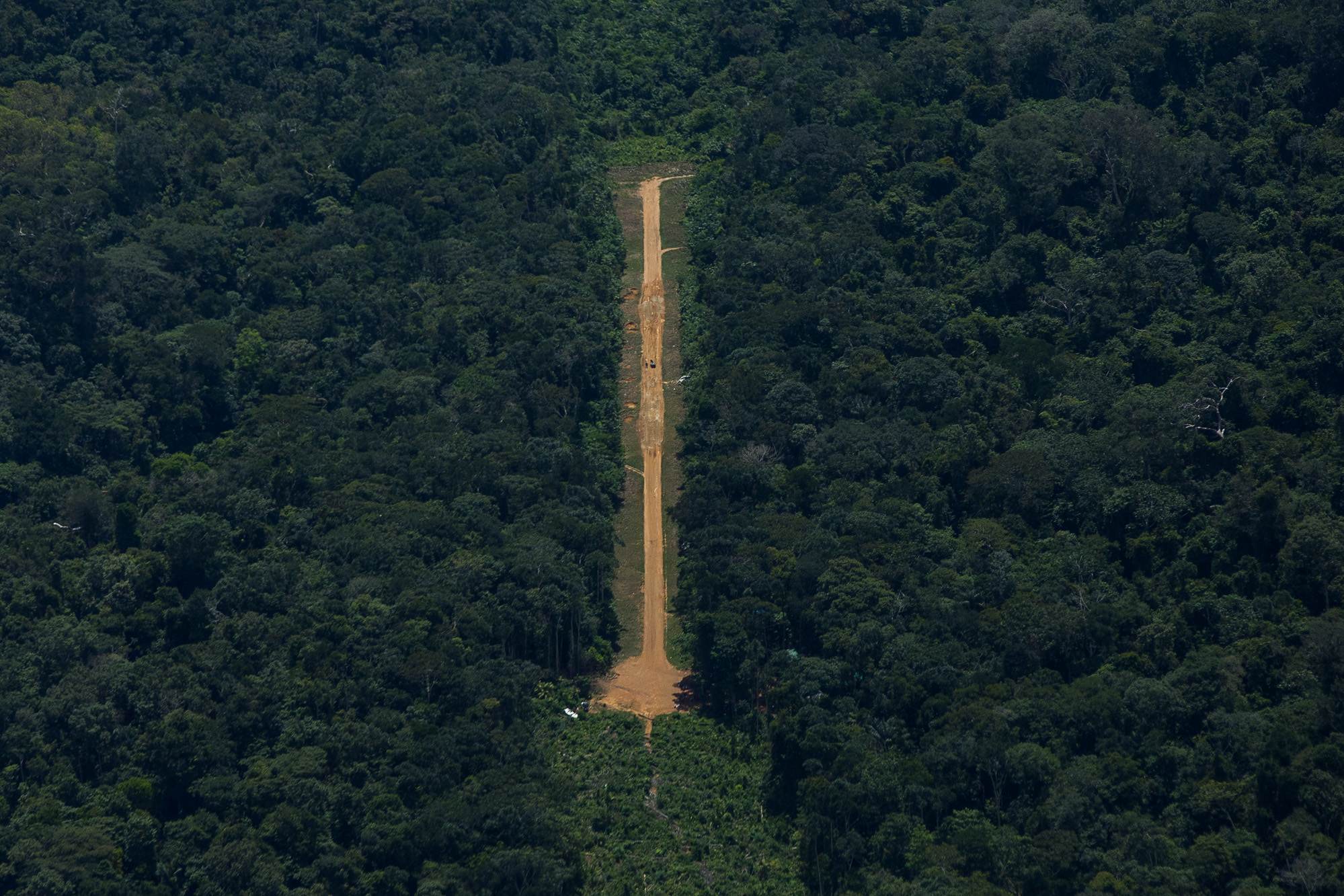
Yanomami Blood Gold Teams
Amazônia Real: Kátia Brasil (executive editor); Eduardo Nunomura (special editor); Alberto Cesar Araujo (photography editor), Elaíze Farias (content editor); Maria Fernanda Ribeiro, Elisa de Oliveira and Alicia Lobato (reporters); Bruno Kelly (flight photographer) and Paulo Dessana (photographer); Lívia Lemos (social media); Maria Cecília Costa (executive assistant); Giovanny Vera (maps); César Nogueira (editing); Nelson Mota (developer) and Ana Cecilia Maranhão Godoy (translator).
Repórter Brasil: Ana Magalhães (journalism coordinator); Mariana Della Barba (editor); Mayra Sartorato (social media editor); Piero Locatelli and Guilherme Henrique (reporters); Joyce Cardoso (intern).
